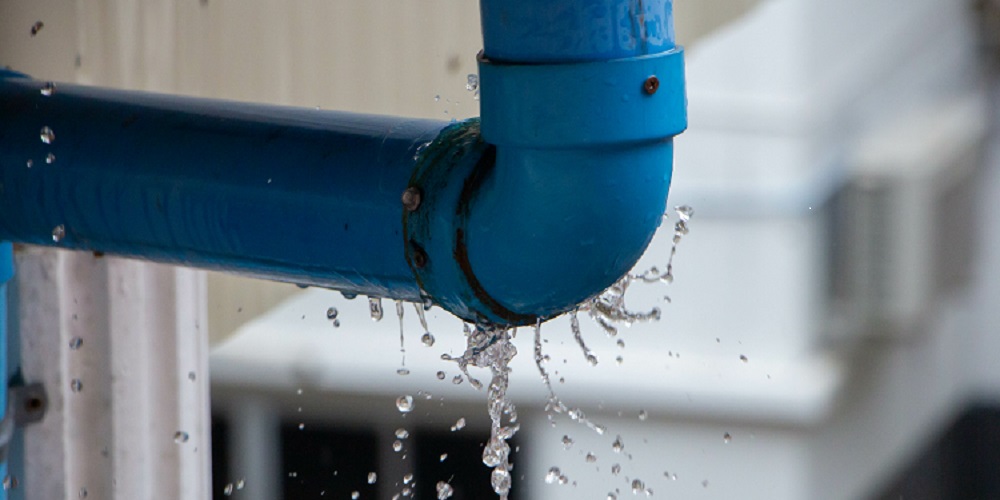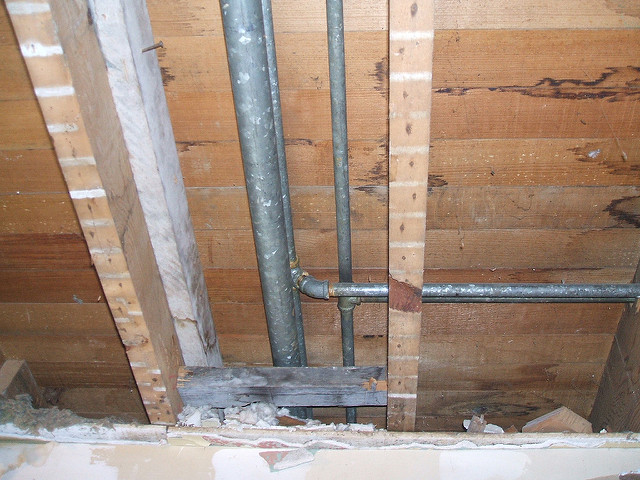This article listed below involving Locating water leaks is extremely remarkable. Check it out yourself and decide what you think of it.

Early detection of dripping water lines can mitigate a possible calamity. Aside from conserving you cash, it will decrease the irritation and also disappointment. The minute you find a leakage, calling your plumber for repairs is the best service. Some little water leaks may not be noticeable. Right here are some hacks that aid if you can not spot it with your nude eyes.
1. Analyze the Water Meter
Every house has a water meter. Inspecting it is a proven way that aids you discover leaks. For starters, shut off all the water sources. Guarantee nobody will certainly purge, make use of the tap, shower, run the cleaning equipment or dishwasher. From there, go to the meter and watch if it will alter. Considering that no person is utilizing it, there need to be no activities. That shows a fast-moving leakage if it relocates. Furthermore, if you identify no changes, wait an hour or two and inspect back once more. This suggests you may have a slow-moving leak that might also be below ground.
2. Check Water Usage
If you spot abrupt adjustments, despite your usage being the very same, it implies that you have leaks in your plumbing system. An abrupt spike in your costs shows a fast-moving leak.
On the other hand, a stable rise on a monthly basis, even with the very same practices, shows you have a slow-moving leak that's additionally slowly intensifying. Call a plumber to completely check your residential property, specifically if you feel a cozy area on your floor with piping beneath.
3. Do a Food Coloring Examination
30% comes from bathrooms when it comes to water consumption. Test to see if they are running properly. Decrease specks of food color in the storage tank and also wait 10 mins. If the color somehow infiltrates your dish during that time without flushing, there's a leak in between the container and also bowl.
4. Asses Outside Lines
Don't forget to check your outdoor water lines too. Should water permeate out of the link, you have a loose rubber gasket. One tiny leak can squander heaps of water and also increase your water costs.
5. Analyze the situation as well as inspect
Home owners must make it a routine to check under the sink counters and even inside cupboards for any kind of bad odor or mold growth. These 2 red flags indicate a leakage so punctual focus is called for. Doing routine inspections, also bi-annually, can save you from a significant problem.
Inspect for discolorations and deteriorating as many home appliances and pipelines have a life span. If you presume dripping water lines in your plumbing system, do not wait for it to intensify.
Early detection of dripping water lines can mitigate a prospective disaster. Some small water leaks may not be noticeable. Checking it is a proven method that helps you find leakages. One tiny leak can waste bunches of water and surge your water costs.
If you think dripping water lines in your plumbing system, don't wait for it to escalate.
WARNING SIGNS OF WATER LEAKAGE BEHIND THE WALL
PERSISTENT MUSTY ODORS
As water slowly drips from a leaky pipe inside the wall, flooring and sheetrock stay damp and develop an odor similar to wet cardboard. It generates a musty smell that can help you find hidden leaks.
MOLD IN UNUSUAL AREAS
Mold usually grows in wet areas like kitchens, baths and laundry rooms. If you spot the stuff on walls or baseboards in other rooms of the house, it’s a good indicator of undetected water leaks.
STAINS THAT GROW
When mold thrives around a leaky pipe, it sometimes takes hold on the inside surface of the affected wall. A growing stain on otherwise clean sheetrock is often your sign of a hidden plumbing problem.
PEELING OR BUBBLING WALLPAPER / PAINT
This clue is easy to miss in rooms that don’t get much use. When you see wallpaper separating along seams or paint bubbling or flaking off the wall, blame sheetrock that stays wet because of an undetected leak.
BUCKLED CEILINGS AND STAINED FLOORS
If ceilings or floors in bathrooms, kitchens or laundry areas develop structural problems, don’t rule out constant damp inside the walls. Wet sheetrock can affect adjacent framing, flooring and ceilings.
https://www.servicemasterbyzaba.com/blog/how-to-detect-water-leakage-in-walls/

As a passionate reader on Leaking water lines, I was thinking sharing that piece of content was really helpful. In case you liked our blog posting if you please make sure you remember to share it. Bless you for your time. Come back soon.
Fix it today!